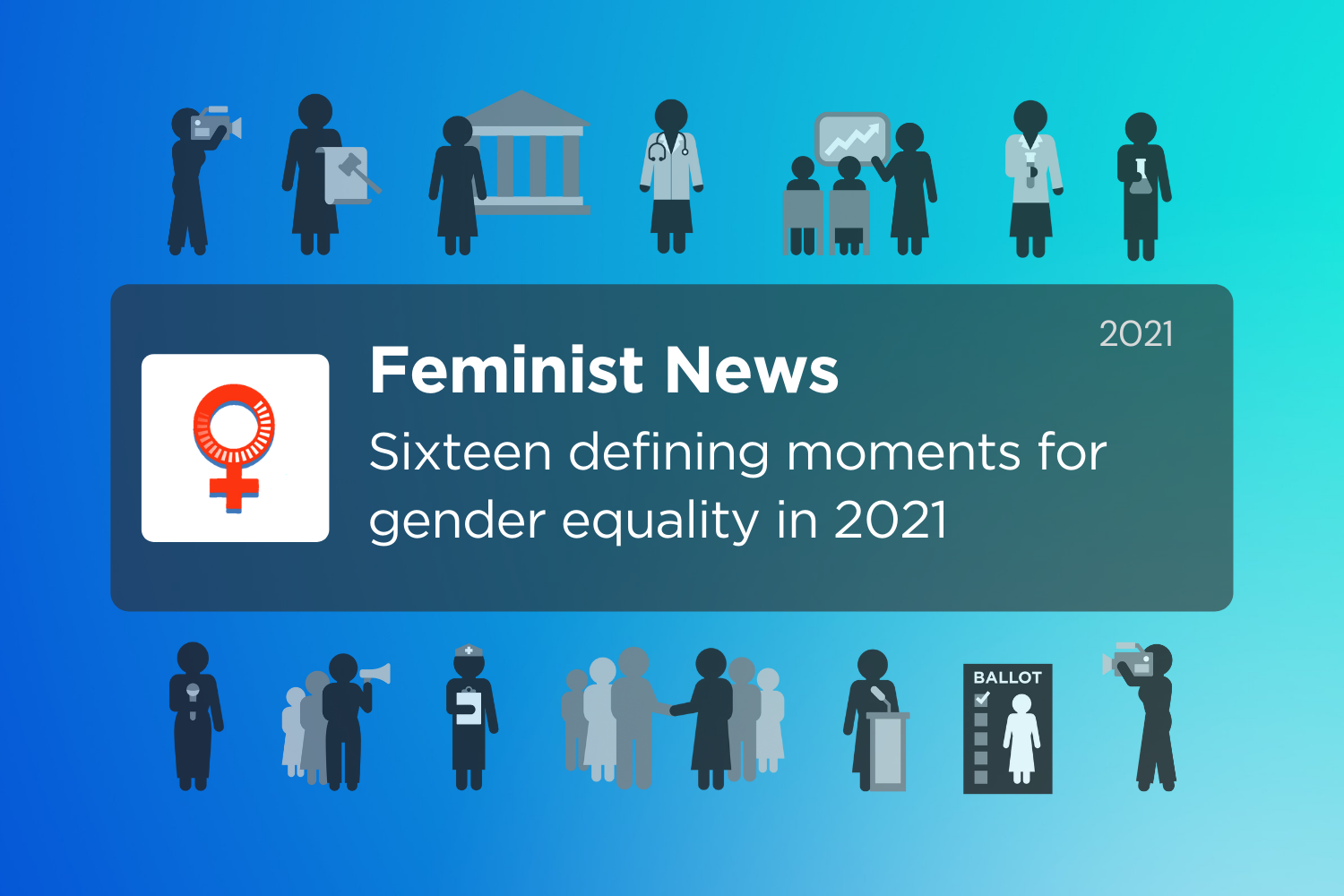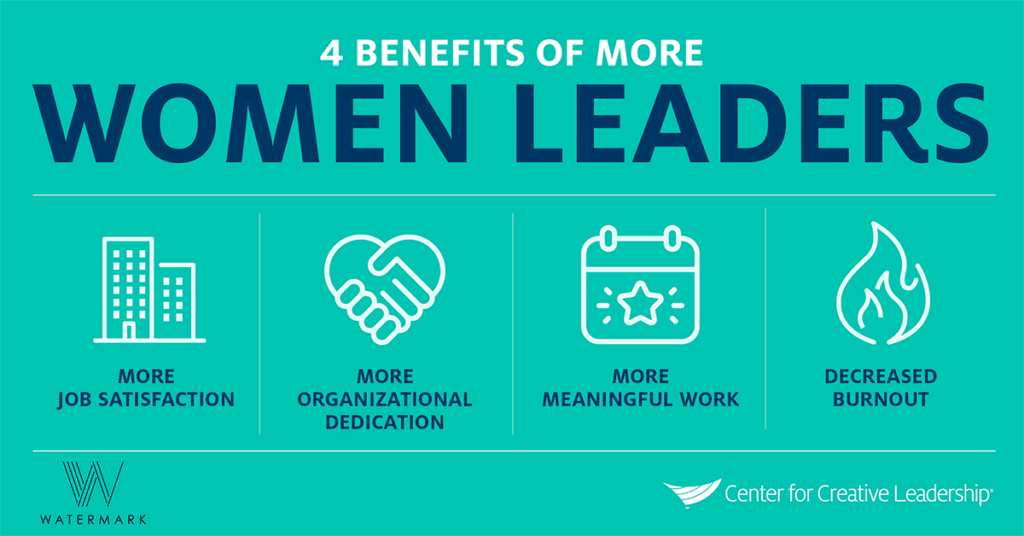Describe Two Changes in Women's Roles in the Workplace
Men are still engaging in masculine jobs which they are associated with. To pave the way for a future in which workplace equality is a reality rather than a notion achieving greater participation in leadership roles is the responsibility of both women and their employers.

Sixteen Defining Moments For Gender Equality In 2021 Un Women Headquarters
For example women have opportunities in education and they have knowledge and skills to work.

. She has also authored multiple books on women and diversity in the workplace. Social life in the 1920s. The fact that women want to establish careers first means they put off having babies Girls have overtaken boys in education most people in university are girls and most households are dual income households.
Describe two changes in womens role in the workplace. Womens Roles After WWII. Putting women back into history is about giving individual women their history but it should also be about making some collective sense out of womens divergent experiences.
When the war ended in 1945 so did the extraordinary job opportunities for women Colman P. Gender-based violence is a core area of focus in analysing womens economic empowerment and in urban settings particularly where gender norms may be challenged. Women however have not reported significant changes.
Women were expected to give up their wartime jobs and resuming their homemaking role. Womens lives have changed enormously this century and the actions of women themselves have played a vital role in the transformation. Women have taken on multiple roles to adapt to changes in society today.
Some states even banned married women from having jobs Partners in Winning the War. The culture is important and it affects corporate culture she said. After that they can be successful in their career and also have power in politics.
Half way through World War I Congress passed the law that allowed women to join the armed forces. In 1977 mens work-life conflict was 34 percent rising to 49 percent in 2008. In the future women might be the Prime Minister more than these days.
Moreover household chores are not only task for women anymore. She noted that the change in terms of womens participation in the workplace began in the 1970s when a single-income household could no longer support a comfortable middle-class lifestyle. The 60s and 70s saw a large percentage looking at mysticism meditation and EST to help them become more self-aware.
What are two ways womens fashions changed. In 1934 there was a big layoff of married women. For example women have attained power and have been growing in political office.
Although women made a lot of progress during the war their roles changed again after the war as men returned to their jobs. If married women did work they were in jobs seen as womens jobs. Reason 1 Changing gender roles.
After the war many women wanted to keep their jobs. Womens role has changed at an accelerating rate and have part in areas such as Politics Professional Training Jobs MedicineBusiness and Law. Through the 50s and into the 60s the way boys were raised began to change.
The first phase of the gender revolution is characterised by a strong rise in womens labor force participation and a gradual adaptation of the public sphere to this change towards increasing gender equality while gender roles within the family remain unchanged. They continue meeting household and family responsibilities while at the same time working and trying to maintain personal interests. However the number of women in the workplace has increased hugely in the last 60 years as they are getting more and more roles Gender 2016.
At the same time the conflict for women has increased from 34 percent to 43 percent. Since children were working in the factories women didnt have to take care of them as much and they had more time on their hands as a result. Women can view these roles as challenges or.
Women can increase their empowerment and agency when they have accumulated more and more diverse assets and when supportive structural policies are in place. Teachers domestic servants secretaries textile workers or nurses Partners in Winning the War. Many of them became wives and mothers as the men came back from the war.
Formerly they were not part of any political matter but they have advanced in many aspects. The long economic boom of the 1950s and 1960s saw womens participation in paid work rise as employers were keen to draw increasing numbers of women into the workplace to meet their increased labour needs. Changes since World War II did shift the balance between womens role in the family and their exploitation as part of the paid workforce.
Women are mainly venturing in roles that are supportive such as nursing and teaching. In the past women had few or no chances in workplaces. Women had during World War II taken mens jobs while they had been away at war.
Up to 24 cash back Womens roles were greatly changed in the 1950s with the men coming back from war and taking their jobs back. In exchange women started to make clothes food and cards to send to their fighting loved ones. Many women became professionals teachers nurses and librarians.
10 million women were earning wages. By the time the cultural revolution of the late 60s happened there was a total backlash against conservatism and traditional gender roles. Work-life conflict especially afflicts employed fathers in.

Positive Quotes Life Quotes 25th Quotes

Women In The Workplace What Women Want How To Retain Them Ccl
No comments for "Describe Two Changes in Women's Roles in the Workplace"
Post a Comment